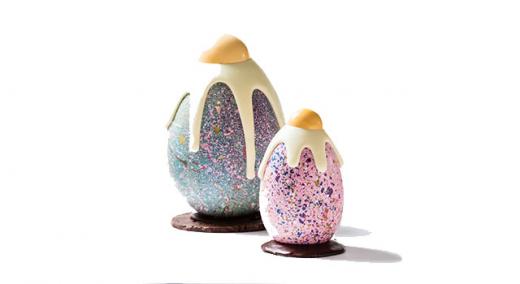Every year in the spring, Amy B., a buyer for a large retail chain store, hosts an Easter egg-decorating, team-building party, where she and a bunch of her suppliers spend an entire afternoon coloring and bedazzling hard-boiled eggs. None of them bring their kids.
|
ADVERTISEMENT |
They do this for the sheer pleasure of out-of-the office bonding, and creating interesting and attractive objects. The group is always amazed at the creativity of the resulting eggs. (And in case you’re wondering, no, none of them are artists.)
So why, as adults, don’t people exercise their inner childlike creativity more often? And what is it about the Easter egg party that allows them to so freely generate and express such a range and diversity of ideas? There are several factors—all of which also apply to innovation.
Each egg represents a very low commitment
It’s cheap in both time and materials to try any idea they think of, so they try lots of ideas. If one doesn’t work, it doesn’t matter—it’s just one egg.
…

Add new comment